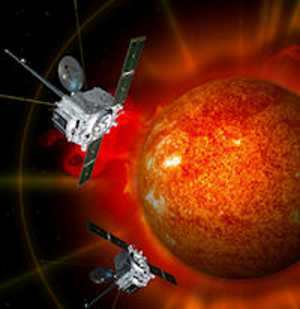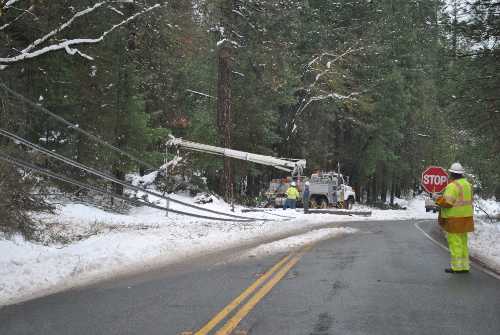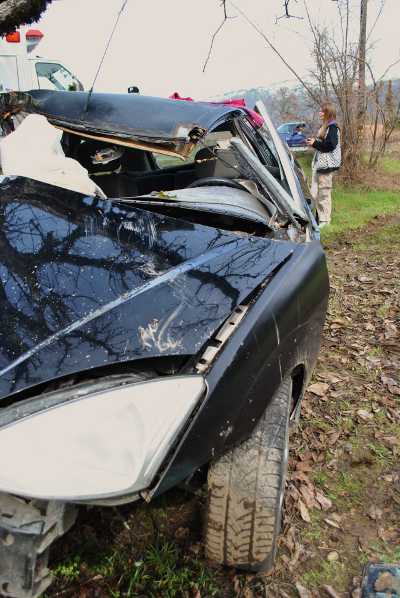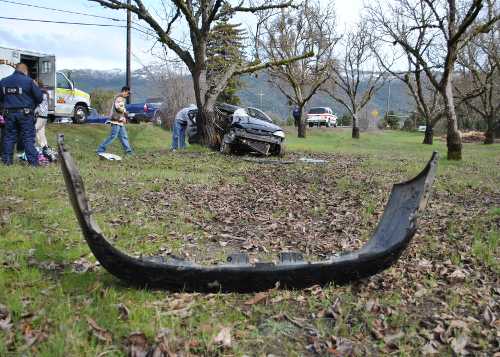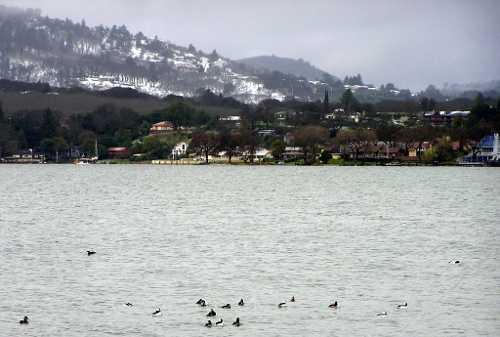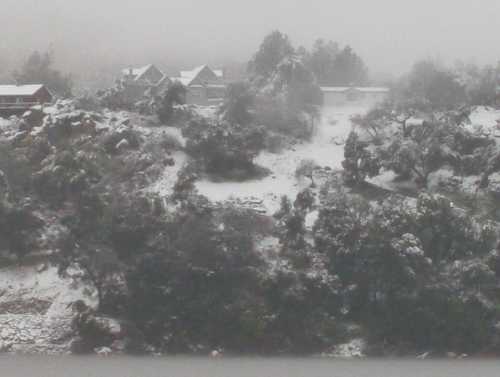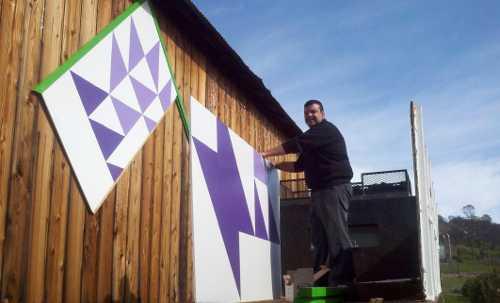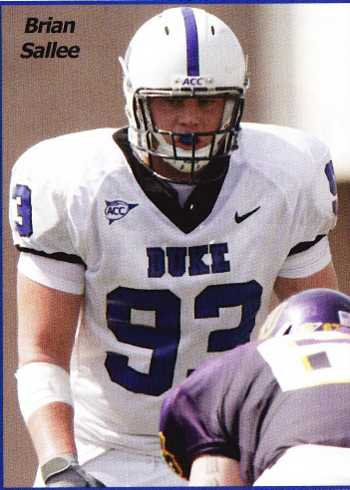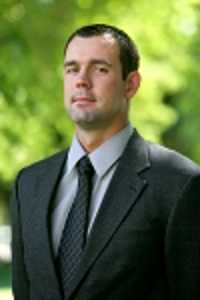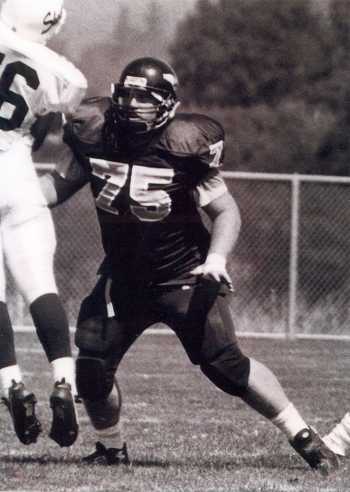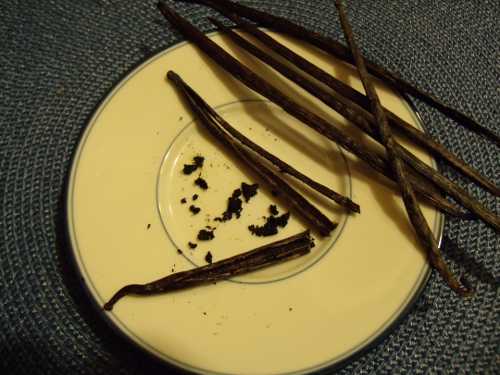
Each vanilla bean contains thousands of tiny seeds, shown here scraped from the pod in their black, paste-like form. Photo by Esther Oertel.
I’m dating myself here, but back in the 1980s a book was written by humorist Sandra Boynton for chocolate lovers called “Chocolate, the Consuming Passion.” (I, of course, devoured every word.)
The book extolled the virtues of chocolate (rightly so, I might add), but there was an overtone of discrimination against vanilla, as though those who prefer its flavor over chocolate are somehow lacking.
I must admit that I’ve been party to that kind of chocolate snobbery much of my life, but somewhere along the way my eyes were opened to vanilla’s vastly valuable qualities.
Not only does it stand alone as a marvelous flavor, it provides a back note to an amazing array of otherwise-flavored items, kind of like an unseen but important backstage helper.
Vanilla is the most widely used flavoring in pastries, confections and other desserts. What would chocolate brownies or banana bread be without its requisite shot of vanilla?
Unfortunately, the word “vanilla” is often used to describe things that are boring, ordinary or overly homogeneous.
When I plugged the word into my Internet search engine, for example, an article popped up that opined on whether a certain NASCAR driver was “too vanilla.” In that case, it meant boring, without much personality.
But vanilla is anything but. It’s exotic, sultry, enticing, subtle and sweet. It knows it doesn’t have to shout; instead, it persuades quietly. In a culinary context, it may be the most “come hither” scent aside from garlic.
And no wonder. It hails from the tropics deep within Mexico, where, I would imagine, the flora is dripping with mystery.
Vanilla beans are the seed pods of the pretty vanilla orchid, a tropical climbing vine that sports a delicate white or pale yellow flower.
These pods are painstakingly cultivated, a process that includes laboriously pollinating them by hand at a very specific time of day when blossoms appear on the vine for a short one-month flowering period.
Some vanilla blossoms last only a day, so farmers must be diligent about observing flowers in bloom.
Hand harvesting of the pods occurs four to six months after the fruit appears on the vine (some sources say it takes nine months for the pods to reach maturity), requiring much patience on the part of the farmers.
After harvest, the pods go through processes lasting another six months where they’re “killed,” “sweated,” slow-dried and “conditioned,” sort of like spa treatments for spice.
“Killing” the pods refers to the process of stopping the vegetative growth and initiating the enzymatic reactions responsible for vanilla’s aroma. There are a variety of methods used for this, the most popular being a hot water bath.
The pods are then wrapped in woolen blankets to “sweat” in the sun for at least an hour and up to ten days, allowing enzymes to catalyze the reactions begun during the “killing” process. This allows the pods to develop not only vanilla’s characteristic aroma, but its color and flavor, as well.
The pods are then slow-dried in the sun to prevent rotting. This curing process also locks the aroma in the pods.
Once slow-dried, “conditioning” (or fermenting) occurs over a period of months via storing the pods in closed boxes so the flavor develops.
The beans are then sorted by quality and graded by the length of the bean. The longer beans contain more vanillin, the main flavor component of the 171 aromatic compounds identified in vanilla beans.
Grade A beans are the longest and are considered gourmet or prime beans. They’re typically sold whole.
Grade B beans are also called “extract beans,” and, as implied, are used to make vanilla extract.
It is interesting to note that vanilla orchids growing wild in Mexico were pollinated by bees or hummingbirds capable of penetrating the tough membrane that separates the plant’s pistol and stamen.
Until the mid-19th century, Mexico was the largest producer of vanilla beans.
In 1819, French entrepreneurs shipped vanilla beans from Mexico to tropical islands in the Indian Ocean under their control (namely, Mauritius and Reunion). They hoped to cultivate vanilla there.
While vanilla orchids grew well in the new tropical locales, seed pods were not produced because the plants weren’t being pollinated. Importation of Mexican bees proved unsuccessful.
It wasn’t until 1841 when a 12-year-old former slave on the island of Reunion developed a method for hand pollination of the vanilla orchid that cultivation in places other than its native Mexico became successful.
This young vanilla bean husbandman, Edmond Albius, fertilized the plants using a bamboo skewer to lift the plant’s membrane and his thumb to smear the pollen. His method is still in use today, even in Mexico.
The hard work (not to mention investment of time) involved in harvesting vanilla makes it the most expensive spice next to saffron and cardamom.
Today most vanilla is cultivated in Madagascar. The vanilla produced there and in Mexico is considered superior to that produced in Indonesia or Tahiti, though Tahitian vanilla is beautifully aromatic and used in perfumes.
The dark brown, slender vanilla beans contain thousands of tiny black seeds which may be scraped, paste-like, from within the pod to flavor food.
The pod, with or without its seeds, may be used to flavor liquids and sauces. The longer it steeps in the liquid, the stronger the flavor. Use about one pod per pint of liquid if a strong vanilla flavor is desired.
One method is to bring the liquid to a boil, turn off the heat and add the bean(s) to steep for about an hour as the liquid cools.
I generally allow the bean(s) to simmer in the liquid. I use them when making syrup or flavoring a hot beverage, such as spiced cider.
Believe it or not, a whole bean may be used more than once if washed, dried and stored in an airtight container.

Vanilla sugar may be made by storing one or more vanilla beans for several weeks with sugar in an air-tight container. These beans will need to be covered completely with sugar before storing. Photo by Esther Oertel.
An interesting way to store vanilla beans is in sugar. Use a jar with a tight-fitting lid and bury the beans so that no light hits them. After two or three weeks, the resulting sugar is vanilla-flavored and may be used in recipes or to flavor drinks. (It’s great in coffee, iced tea or hot cocoa.)
When selecting vanilla beans, choose plump ones, as they contain more seeds. The bean should be dark brown, almost black, and pliable enough to wrap around your finger without breaking.
If beans have hardened, they may be softened in the liquid of your recipe before use.
If you discover what looks like sugar crystals inside a bean pod, it means you’ve found pure vanillin crystals.
In the U.S., vanilla extract is more widely used than whole vanilla beans, though they’re gaining popularity. In Europe, whole beans are generally preferred.
Extract typically uses alcohol as a flavor carrier, though some are made using glycerin instead.
Vanilla powder is also available commercially, which is made from grinding vanilla beans.
Homemade vanilla extract is a treat, and I’ve heard professional chefs and home cooks alike remark about the difference it makes in their food. The vanilla extract procedures below are courtesy of About.com.
Enjoy, and remember, vanilla is anything but boring!
Homemade vanilla extract
To make your own vanilla extract, chop three or four vanilla beans into small pieces, being careful to retain all the seeds and crystals.
Put into a clean jar and cover with about a half cup of brandy liquor. Let steep for one to six months. Strain and use with or without the pieces as your recipe defines.
The mixture keeps indefinitely, and you can continuously add to it. If you find the brandy flavor too strong and have more time, use one split bean steeped in 3/4 cup of vodka, letting it stand at least six months.
Esther Oertel, the “Veggie Girl,” is a culinary coach and educator and is passionate about local produce. Oertel teaches culinary classes at Chic Le Chef in Hidden Valley Lake, Calif., and The Kitchen Gallery in Lakeport, Calif., and gives private cooking lessons. She welcomes your questions and comments; e-mail her at This email address is being protected from spambots. You need JavaScript enabled to view it..
Follow Lake County News on Twitter at http://twitter.com/LakeCoNews , on Facebook at http://www.facebook.com/pages/Lake-County-News/143156775604?ref=mf and on YouTube at http://www.youtube.com/user/LakeCoNews .

 How to resolve AdBlock issue?
How to resolve AdBlock issue? 